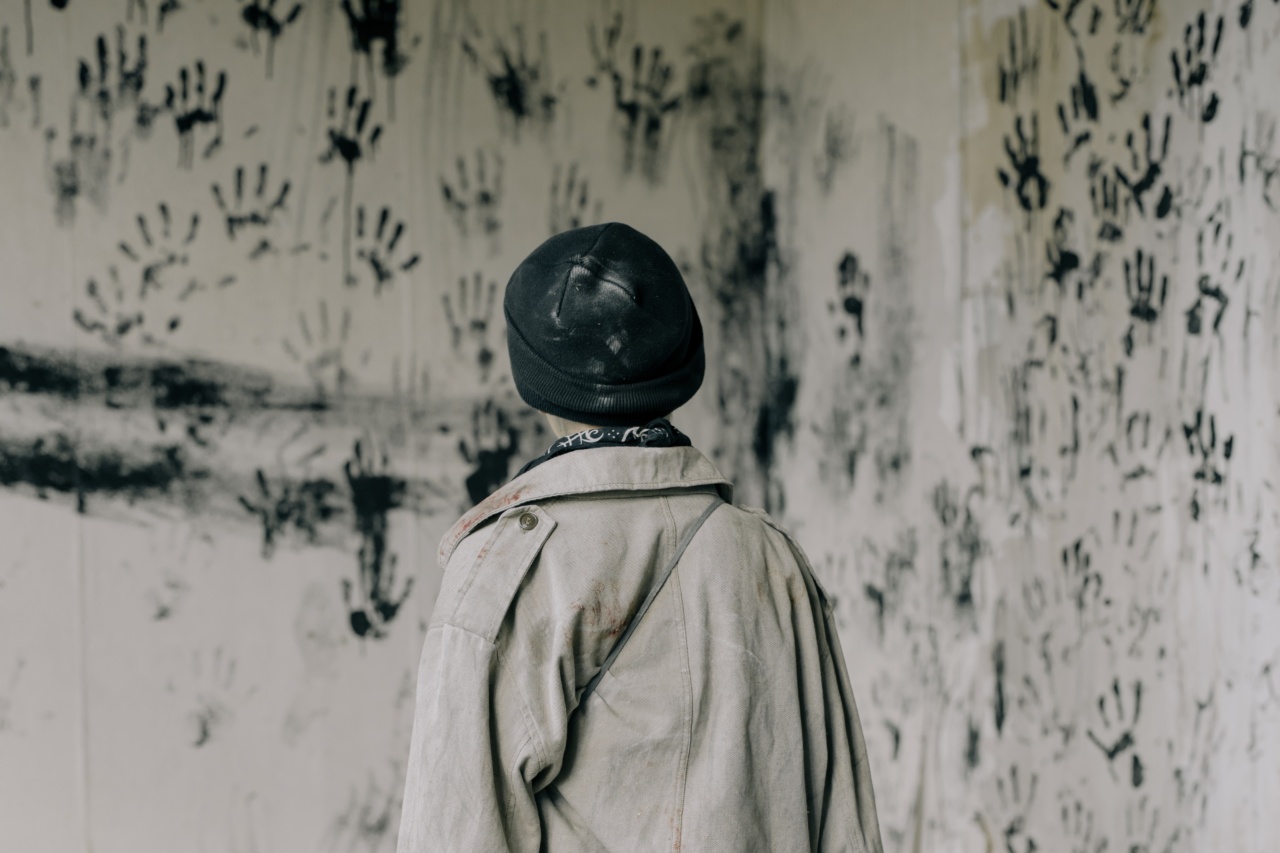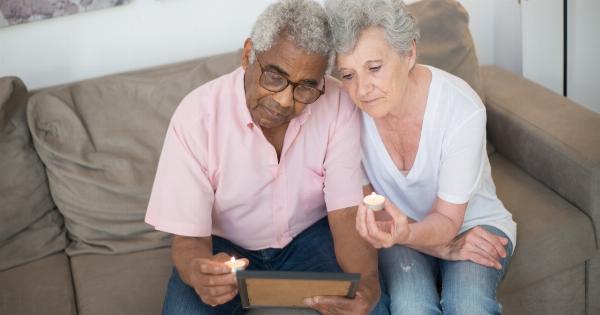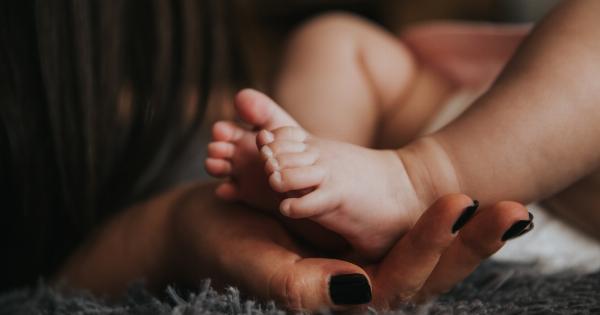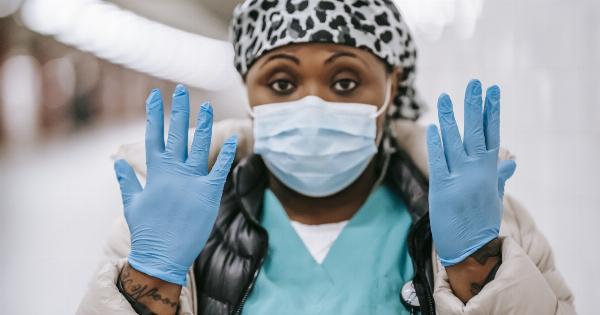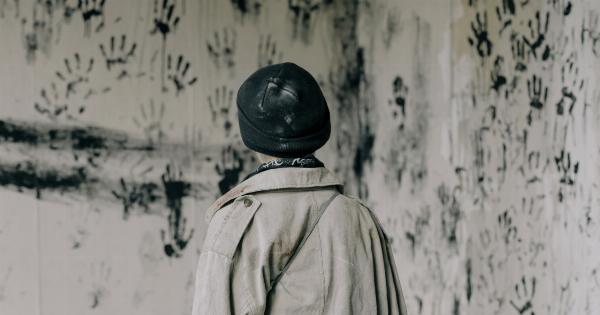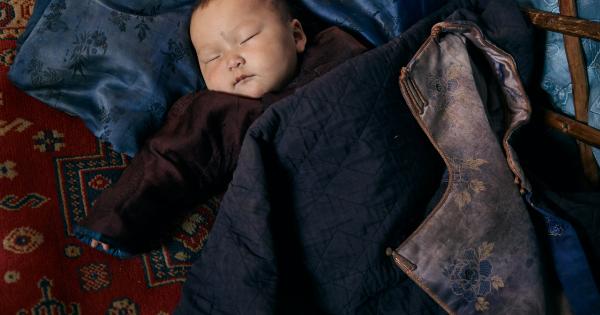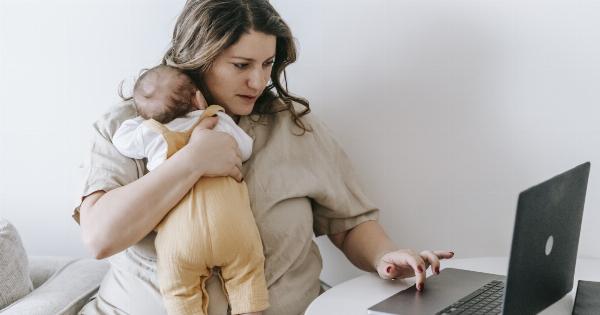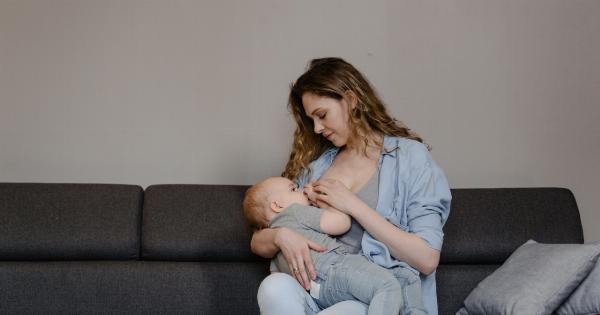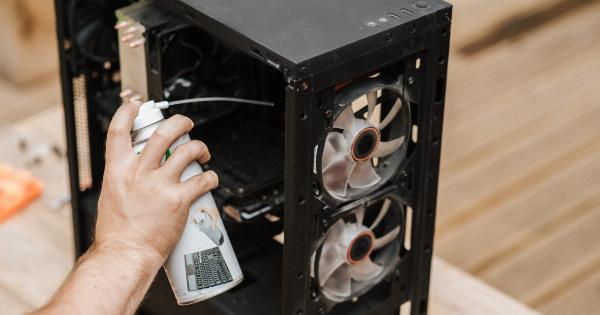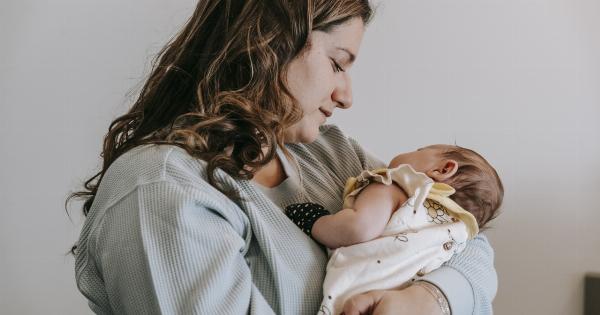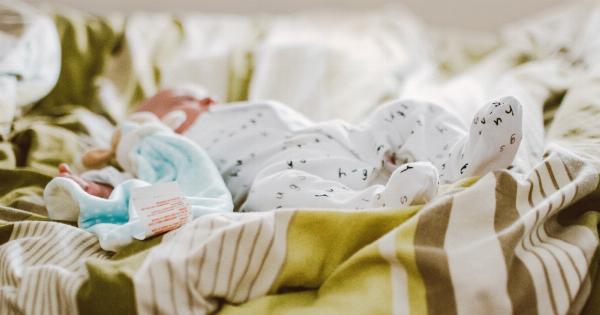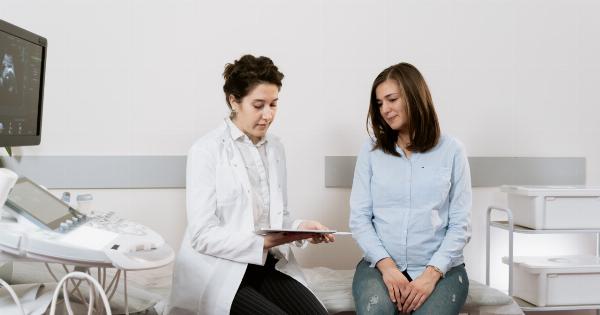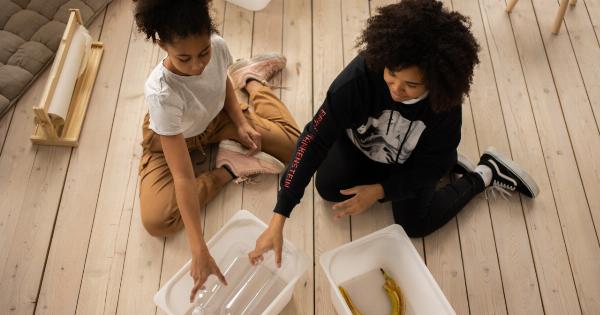As parents, we are naturally inclined to protect our children from any harm that may come their way. We take every precaution, from baby-proofing our homes to meticulously selecting the best cribs and car seats.
However, there is one fear that looms over every parent’s head – the tragedy of sudden infant death. It is a fear that no parent wants to confront, but one that cannot be ignored.
Understanding Sudden Infant Death Syndrome (SIDS)
Sudden Infant Death Syndrome, commonly known as SIDS, is the sudden and unexplained death of an otherwise healthy baby during sleep. It is a devastating loss that often occurs without any warning signs or symptoms.
SIDS typically occurs in babies between the ages of 1 month and 1 year, with the majority of cases happening between 2 to 4 months of age.
The Risk Factors
While the exact cause of SIDS remains unknown, certain risk factors have been identified. Understanding these risk factors can help parents take measures to reduce the likelihood of SIDS:.
1. Sleeping Position
Placing babies to sleep on their back is one of the most effective ways to reduce the risk of SIDS. The supine position allows for better air circulation and decreases the chances of accidental suffocation.
Avoid placing babies on their stomach or side during sleep.
2. Co-Sleeping
Sharing the same bed with an infant is a renowned risk factor for SIDS. The presence of additional pillows, blankets, or other bedding items can increase the risk of suffocation or overheating.
Experts strongly advise against bed-sharing, especially during the first year of a baby’s life.
3. Smoking
Exposure to secondhand smoke significantly raises the risk of SIDS. Smoking during pregnancy or exposing the baby to smoke after birth can have dire consequences.
It is crucial for parents to create a smoke-free environment for their baby by quitting smoking or keeping the home free from any tobacco smoke.
4. Overheating
Keeping the temperature in a baby’s sleeping environment moderate is essential. Overdressing or swaddling too tightly can cause overheating, which has been linked to an increased risk of SIDS.
It is recommended to dress babies in a single layer of comfortable clothing appropriate for room temperature.
5. Soft Bedding and Loose Objects
Ensure that your baby’s sleeping area is free from soft bedding, such as pillows, blankets, and stuffed toys. These items can pose suffocation hazards if they accidentally cover the baby’s face during sleep.
A firm crib mattress with a fitted sheet is all that is needed for a safe sleep environment.
6. Lack of Prenatal Care
Regular prenatal care is essential for both the mother and the baby’s health. Inadequate prenatal care has been associated with an increased risk of SIDS.
Seeking early and consistent prenatal care can help identify and manage any potential risk factors that may impact the baby’s wellbeing.
7. Premature Birth
Preterm babies, born before 37 weeks of gestation, are at a higher risk of SIDS compared to full-term babies. Premature infants may have underdeveloped systems, making them more vulnerable.
Extra precautions, such as close monitoring and consulting with healthcare professionals, should be taken for premature babies.
Grieving and Moving Forward
Experiencing the loss of a child is undoubtedly one of the most difficult challenges a parent can face. Dealing with the tragedy of sudden infant death requires strength and support.
It is important for parents to allow themselves to grieve and seek professional help if needed. Connecting with other parents who have gone through a similar experience can also provide comfort and understanding.
Raising Awareness and Supporting Research
While we may not have all the answers, research and awareness play a vital role in reducing the incidence of SIDS.
By supporting organizations dedicated to SIDS research and spreading awareness about risk factors and safe sleep practices, we can strive towards a future where no parent has to endure the tragedy of sudden infant death.
